Shirazeh Houshiary’s optical illusions transfix New York
Iranian artist Shirazeh Houshiary puts perceptions of time, space, and materiality through their paces in ‘A Thousand Folds’ at Lehmann Maupin New York
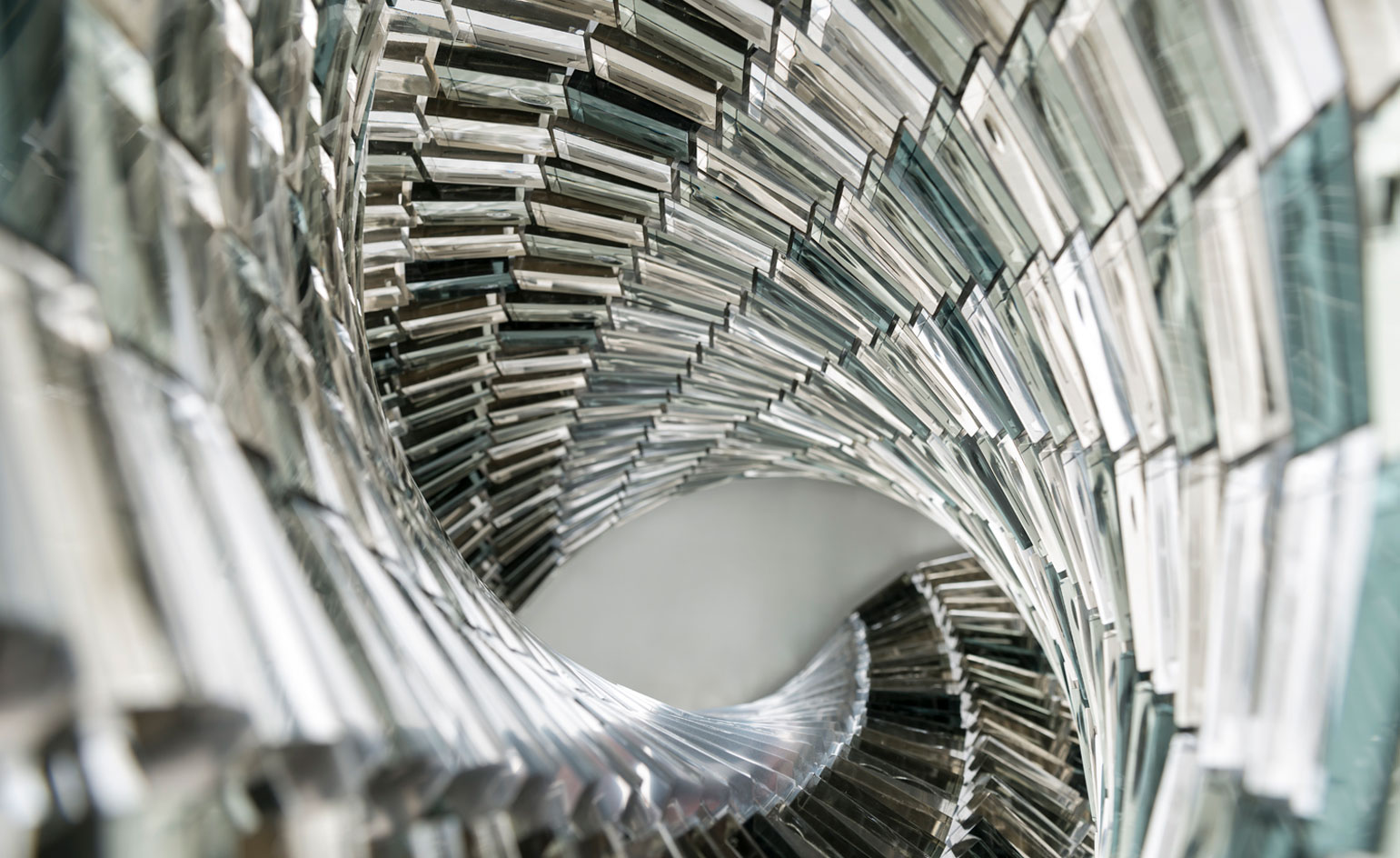
Shirazeh Houshiary’s ‘A Thousand Folds’ is a game of laws: the laws of nature and the laws of physics that underpin works that are laws unto themselves. It’s all contradiction and paradox: transparency and opacity, sound and silence, physicality and intangibility.
As the show’s title suggests, the London-based Iranian artist’s latest work explores the many folds of the artist’s practice and the thousand dimensions it occupies.
Houshiary’s work has the rare attribute of offering viewer’s two, very distinct experiences. For the first, it may be worth summoning on Rothko’s recipe for viewing his own abstract works: at a distance of 18 inches. At this proximity, Houshiary’s work is the cosmos in our field of vision: a universe of undulations, swirls and hypnotics. The second experience requires a closer inspection, through which viewers can absorb the true magnitude of meticulousness the artist has envisioned, which include a web of hidden Arabic phrases which translate as ‘I am’ and ‘I am not’ – Houshiary’s work creates ample intrigue and few conclusions.

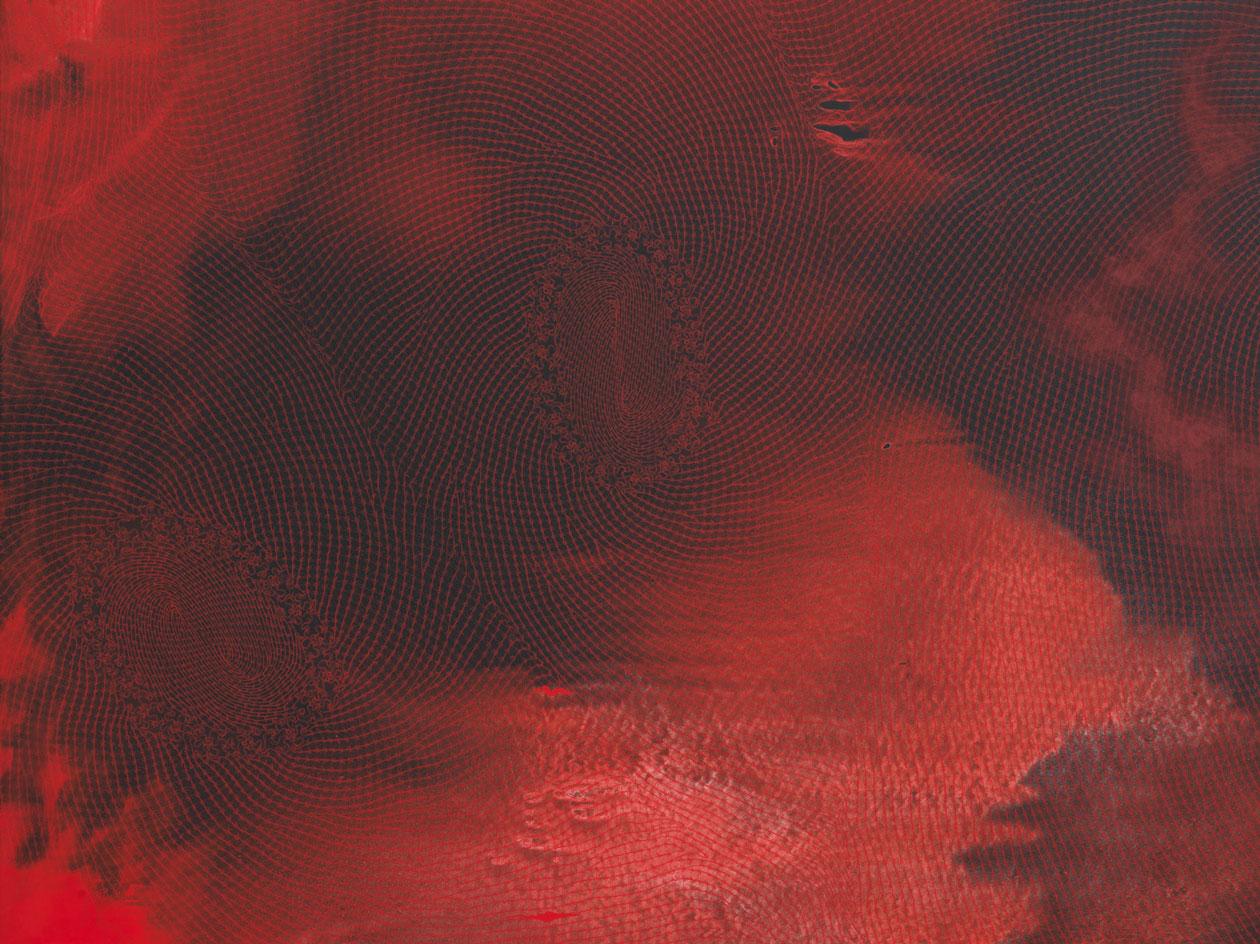
Feel, 2019. Pigment, pencil, and black aquacryl on canvas and aluminum. Courtesy the artist and Lehmann Maupin, New York, Hong Kong, Seoul, and London
With each work, Houshiary attempts to make visual the intangible: an echo, a breath or a memory. The artist describes water as her collaborator. Her distinctive painting technique involves the successive layering of water, pigment, and line drawing, an intense method that often takes several months to complete. Through this process, the artist gives water the autonomy to express itself, movement is organic and free without being mastered by the artist’s hand.
Elsewhere, A powder-coated aluminium piece, The Order of Time, (2019) offers more plot twists. Polychromatic lines curve and weave in rhythmic loops. Elsewhere, her new digital animation A Cup and a Rose muses on 17th-century Spanish painter Francisco de Zurbarán’s still-life painting A Cup of Water and a Rose (1630) and set to a musical score by Estonian composer Arvo Pärt titled Cantus in Memoriam. ‘The cup breaks as the pressure of the water within it intensifies and the rose ages only to eventually pulverise as the cup shatters,’ says Houshiary. ‘This video installation echoes the theme of fragmentation and fission to reveal that space where infinity appears fleeting and vanishing only to revert to a plenitude of water and to appear as though all comes and goes again and again with no end to it.’

The Order of Time, 2019, powder-coated cast aluminium. Courtesy the artist and Lehmann Maupin, New York, Hong Kong, Seoul, and London
Emerging as if rooted in the floor are Houshiary’s dazzling and dynamic sculptures Aura and Twilight (2019), which see Murano glass bricks stacked in a spiralling helix. Each fragment echoes the original shape at its footprint with precision, in this case, a seedpod incrementally rotated to the maximum degree the form will allow before the structure reaches instability – just another example of Houshiary pushing materiality, and viewers’ optical capacity to their physical limits.
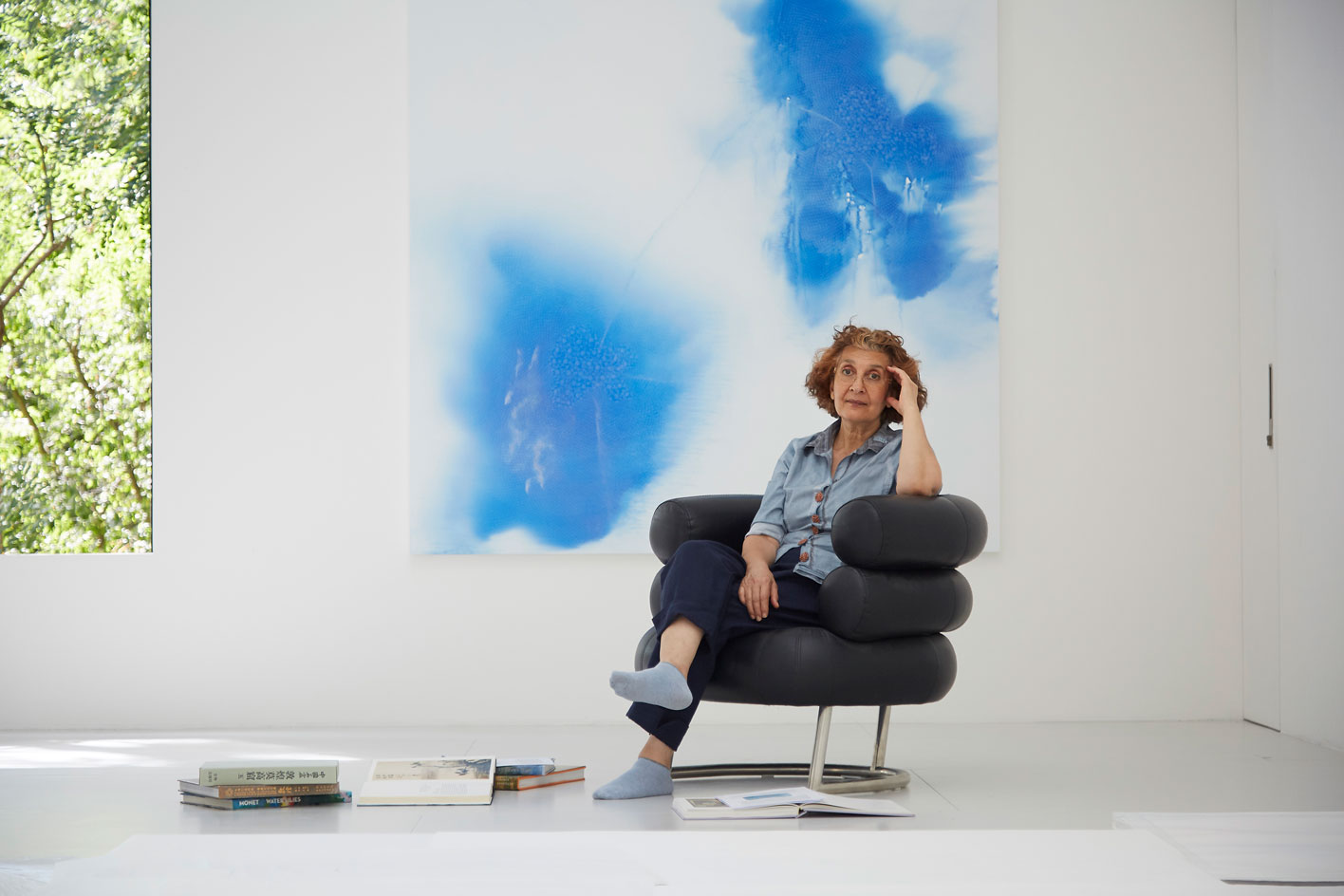
Portrait of artist Shirazeh Houshiary. Courtesy Lisson Gallery,
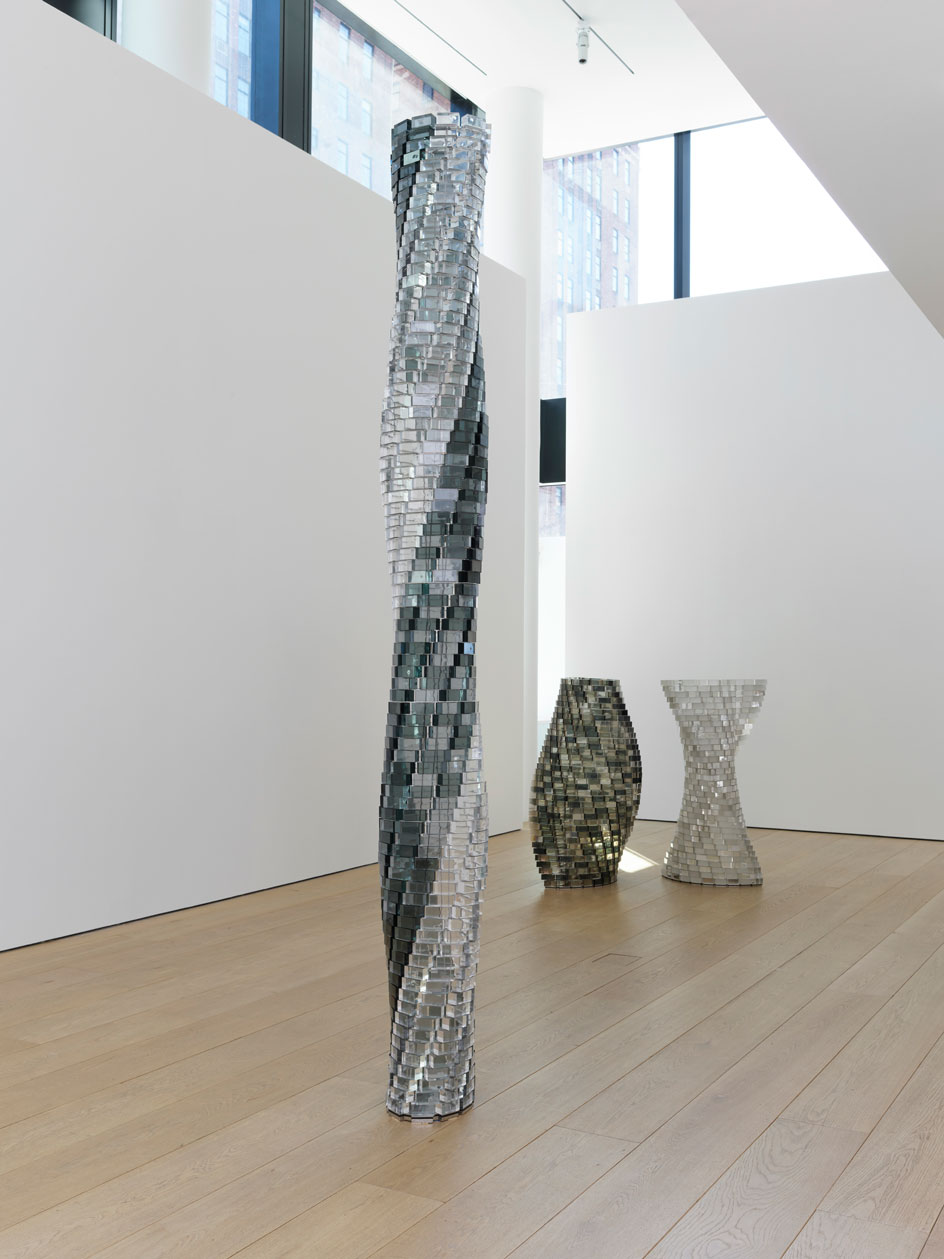
’A Thousand Folds’, Installation view, Lehmann Maupin, New York, until 28 May, 2021. Courtesy the artist and Lehmann Maupin, New York, Hong Kong, Seoul, and London
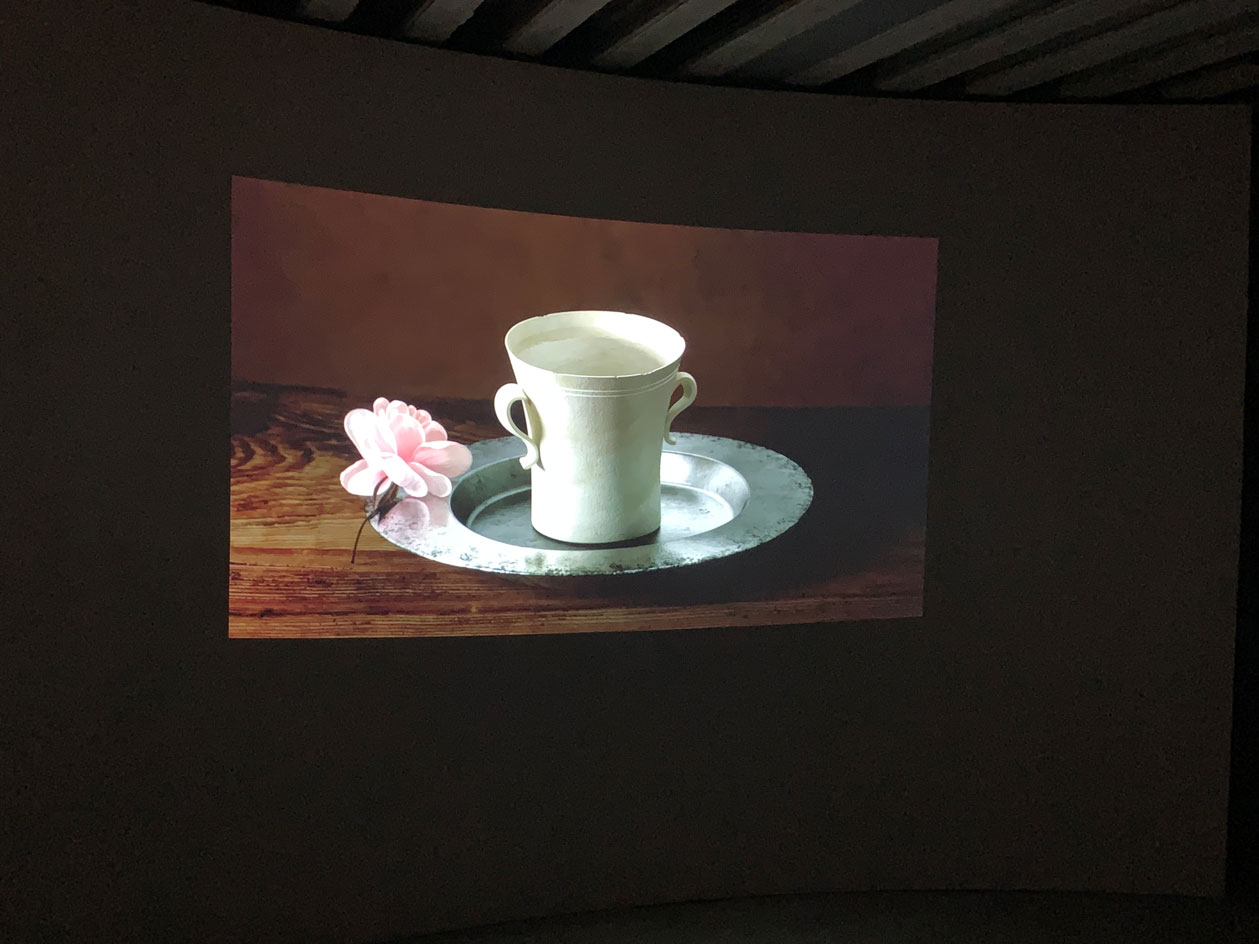
A Rose and A Cup, 2019, single channel video projection. Courtesy the artist and Lehmann Maupin, New York, Hong Kong, Seoul, and London
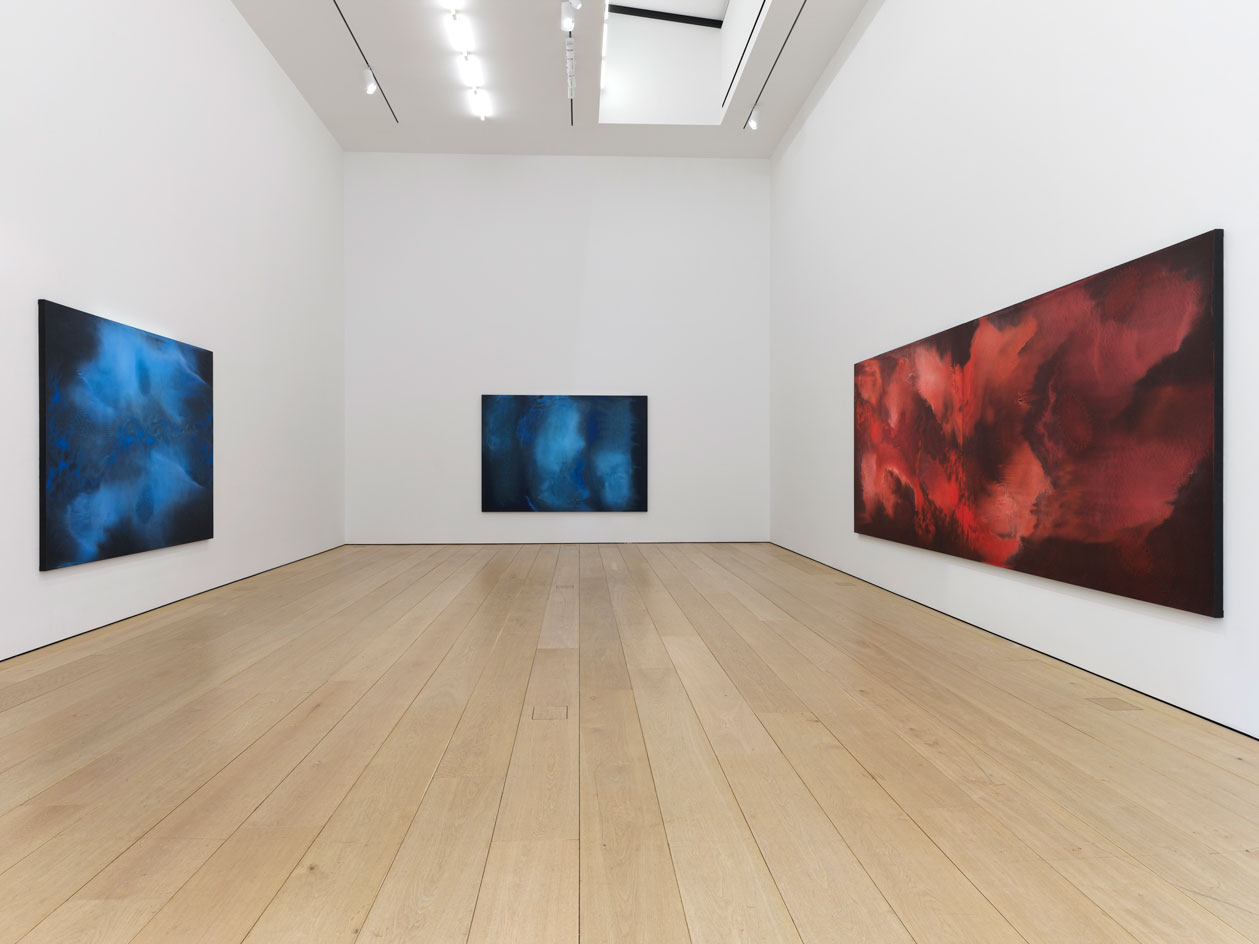
’A Thousand Folds’, Installation view, Lehmann Maupin, New York, until 28 May, 2021.Courtesy the artist and Lehmann Maupin, New York, Hong Kong, Seoul, and London
INFORMATION
Shirazeh Houshiary, ‘A Thousand Folds’, until 28 May, 2021, Lehmann Maupin, New York. lehmannmaupin.com
ADDRESS
501 W 24th St
New York, NY 10011
Receive our daily digest of inspiration, escapism and design stories from around the world direct to your inbox.
Harriet Lloyd-Smith was the Arts Editor of Wallpaper*, responsible for the art pages across digital and print, including profiles, exhibition reviews, and contemporary art collaborations. She started at Wallpaper* in 2017 and has written for leading contemporary art publications, auction houses and arts charities, and lectured on review writing and art journalism. When she’s not writing about art, she’s making her own.
-
 Men’s Fashion Week A/W 2026 is almost here. Here’s what to expect
Men’s Fashion Week A/W 2026 is almost here. Here’s what to expectFrom this season’s roster of Pitti Uomo guest designers to Jonathan Anderson’s sophomore men’s collection at Dior – as well as Véronique Nichanian’s Hermès swansong – everything to look out for at Men’s Fashion Week A/W 2026
-
 The international design fairs shaping 2026
The international design fairs shaping 2026Passports at the ready as Wallpaper* maps out the year’s best design fairs, from established fixtures to new arrivals.
-
 The eight hotly awaited art-venue openings we are most looking forward to in 2026
The eight hotly awaited art-venue openings we are most looking forward to in 2026With major new institutions gearing up to open their doors, it is set to be a big year in the art world. Here is what to look out for
-
 Out of office: The Wallpaper* editors’ picks of the week
Out of office: The Wallpaper* editors’ picks of the week'Tis the season for eating and drinking, and the Wallpaper* team embraced it wholeheartedly this week. Elsewhere: the best spot in Milan for clothing repairs and outdoor swimming in December
-
 A new photo book takes you behind the scenes of some of cinema's most beloved films, from 'Fargo' to 'Charlie's Angels'
A new photo book takes you behind the scenes of some of cinema's most beloved films, from 'Fargo' to 'Charlie's Angels'Set decorator Lauri Gaffin captures Hollywood's quieter moments in an arresting new book
-
 Sean Ono Lennon debuts music video for ‘Happy Xmas (War Is Over)’
Sean Ono Lennon debuts music video for ‘Happy Xmas (War Is Over)’The 11-minute feature, ‘War is Over!’, has launched online; watch it here and read our interview with Sean Ono Lennon, who aimed to make a music video ‘more interesting’
-
 Nadia Lee Cohen distils a distant American memory into an unflinching new photo book
Nadia Lee Cohen distils a distant American memory into an unflinching new photo book‘Holy Ohio’ documents the British photographer and filmmaker’s personal journey as she reconnects with distant family and her earliest American memories
-
 Out of office: The Wallpaper* editors’ picks of the week
Out of office: The Wallpaper* editors’ picks of the weekIt’s been a week of escapism: daydreams of Ghana sparked by lively local projects, glimpses of Tokyo on nostalgic film rolls, and a charming foray into the heart of Christmas as the festive season kicks off in earnest
-
 Wes Anderson at the Design Museum celebrates an obsessive attention to detail
Wes Anderson at the Design Museum celebrates an obsessive attention to detail‘Wes Anderson: The Archives’ pays tribute to the American film director’s career – expect props and puppets aplenty in this comprehensive London retrospective
-
 Ed Ruscha’s foray into chocolate is sweet, smart and very American
Ed Ruscha’s foray into chocolate is sweet, smart and very AmericanArt and chocolate combine deliciously in ‘Made in California’, a project from the artist with andSons Chocolatiers
-
 Inside the work of photographer Seydou Keïta, who captured portraits across West Africa
Inside the work of photographer Seydou Keïta, who captured portraits across West Africa‘Seydou Keïta: A Tactile Lens’, an exhibition at the Brooklyn Museum, New York, celebrates the 20th-century photographer